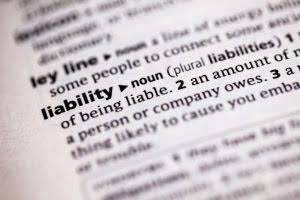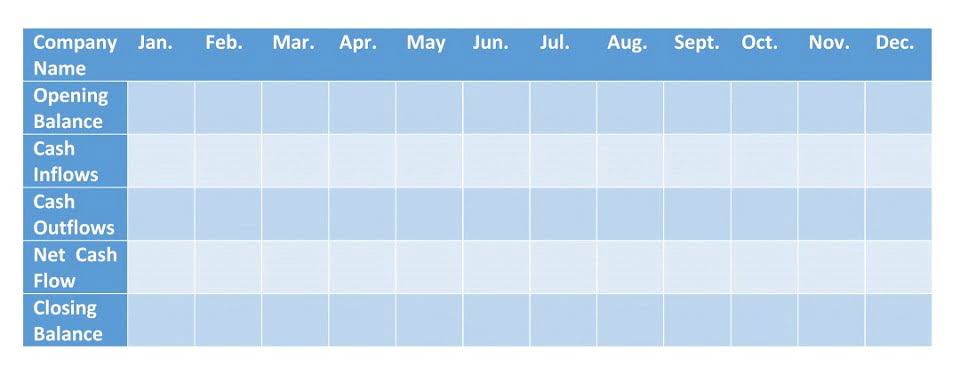
If a company pays the rent for the current month, Rent Expense and Cash are the two accounts involved. If a company provides a service and gives the client 30 days in which to pay, the company’s Service Revenues account and Accounts Receivable are affected. For example, when a gross vs net company borrows $1,000 from a bank, the transaction will affect the company’s Cash account and the company’s Notes Payable account. When the company repays the bank loan, the Cash account and the Notes Payable account are also involved.

Natural Balance
- Double-entry bookkeeping will help your business keep an accurate history of transactions, but it can be complicated.
- However, back when people kept their accounting records in paper ledgers, they would write out transactions, always placing debits on the left and credits on the right.
- Single-entry is only a simplistic picture of a single transaction, intended to only show yearly net income.
- Expenses normally have debit balances that are increased with a debit entry.
- Debits and credits are used in a company’s bookkeeping in order for its books to balance.
- An accountant would say we are “debiting” the cash bucket by $300, and would enter the following line into your accounting system.
- Further, the amounts entered as debits must be equal to the amounts entered as credits.
Losses result from the sale of an asset (other than inventory) for less than the amount shown on the company’s books. Since the loss is outside of the main activity of a business, it is reported as a nonoperating or other loss. The term losses is also used to report the writedown of asset amounts to amounts less than cost. It is also used to refer to several periods of net losses caused by expenses exceeding revenues. Gains result from the sale of an asset (other than inventory). A gain is measured by the proceeds from the sale minus the amount shown on the company’s books.

What are Debits and Credits?
Increases in revenue accounts are recorded as credits as indicated in Table 1. Cash, an asset account, is debited for the same amount. An asset account is debited when there is an increase. Debits, abbreviated as Dr, are one side of a financial transaction that is recorded on the left-hand side of debits and credits the accounting journal. Credits, abbreviated as Cr, are the other side of a financial transaction and they are recorded on the right-hand side of the accounting journal. There must be a minimum of one debit and one credit for each financial transaction, but there is no maximum number of debits and credits for each financial transaction.
What are debits and credits in accounting and how to calculate them
A balance on the left side of an account in the general ledger. Typically expenses, losses, and assets have debit balances. It will contain the date, the account name and amount to be debited, and the account name and amount to be credited. Grocery Store Accounting Each journal entry must have the dollars of debits equal to the dollars of credits.

If we add them, we arrive at $12,000, which is the same amount of assets that we have. In practice, we don’t do it this way—but I’m showing you this to help you grasp the concept before I introduce you to journal entries. Debits and credits represent the left and right side of the account, respectively. Most businesses, including small businesses and sole proprietorships, use the double-entry accounting method.

Issuing stock for cash
- In this context, « debits » and « credits » do not refer to increases or decreases in value, but indicate how transactions are recorded in different accounts.
- Included are the income statement accounts (revenues, expenses, gains, losses), summary accounts (such as income summary), and a sole proprietor’s drawing account.
- Debits increase your expense accounts because they represent money going out.
- A single entry system is only designed to produce an income statement.
Book a demo today to see what running your business is like with Bench.
Temporary accounts (or nominal accounts) include all of the revenue accounts, expense accounts, the owner’s drawing account, and the income summary account. Generally speaking, the balances in temporary accounts increase throughout the accounting year. At the end of the accounting year the balances will be transferred to the owner’s capital account or to a corporation’s retained earnings account.
The goal of accounting is to produce financial statements. These financial statements summarize all the many transactions into a useful format. We use the debit and credit rules in recording transactions.
